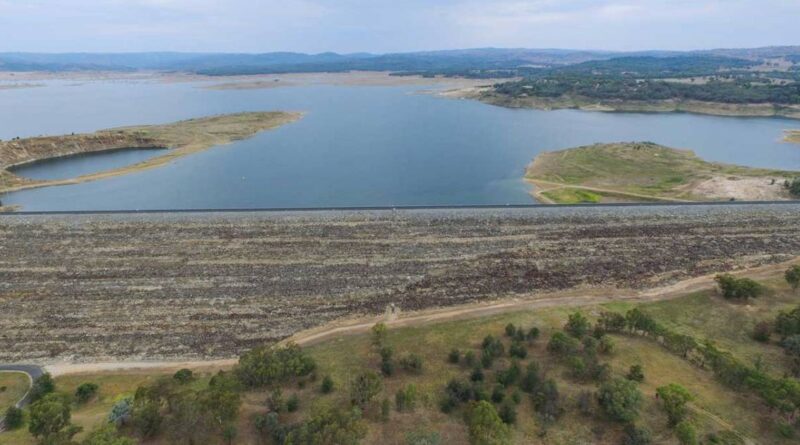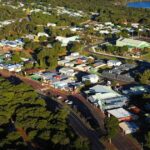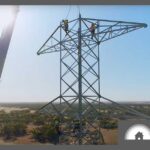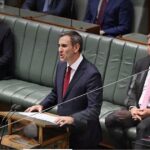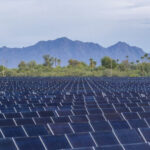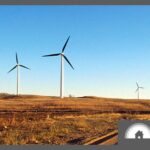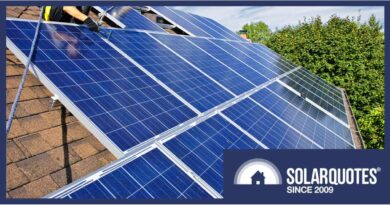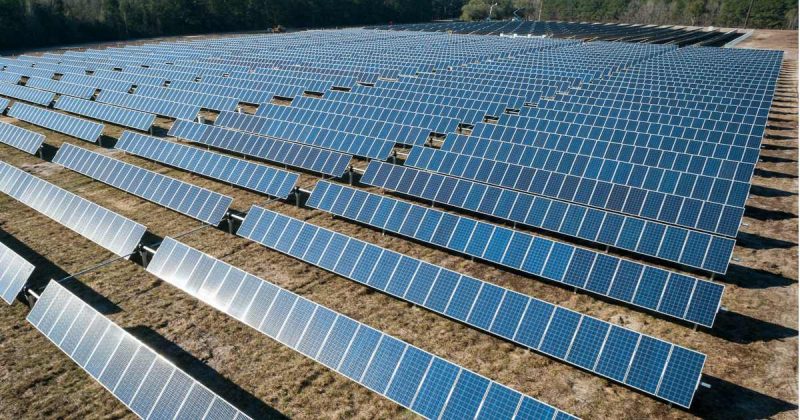More Support For NSW Pumped Hydro Projects
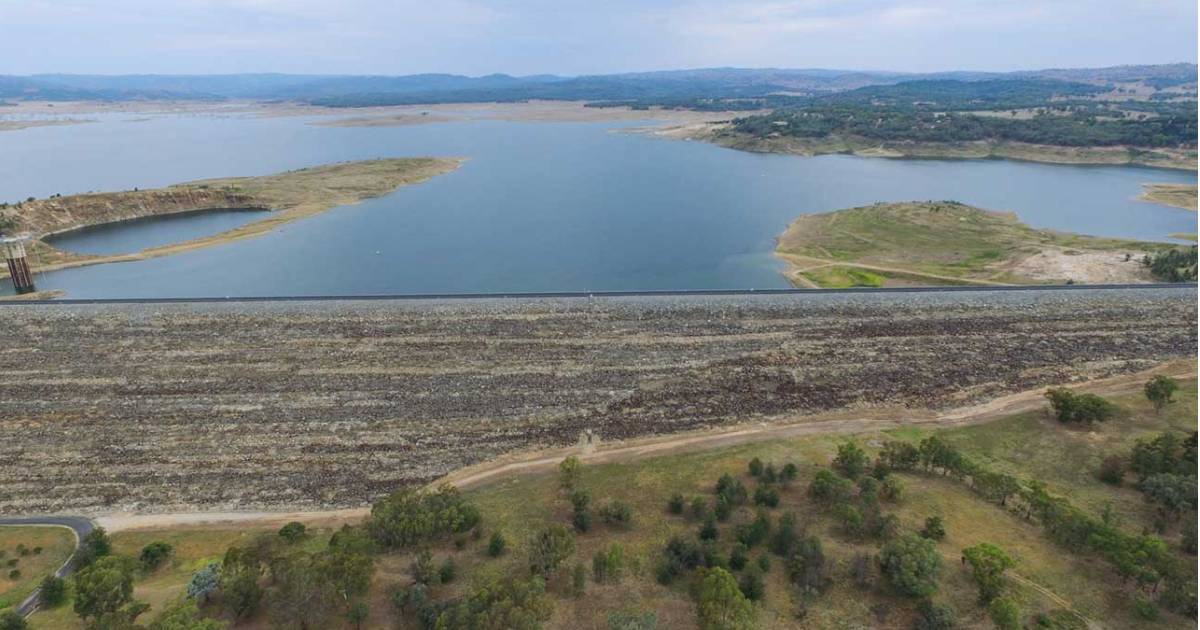
Another pumped hydro energy storage (PHES) project has received millions of dollars from the NSW Government to progress feasibility studies.
To be situated at Burrendong Dam near Wellington in the Central Slopes region, the proposed Phoenix Pumped Hydro project feasibility phase is being supported with $7 million from the NSW Pumped Hydro Recoverable Grants Program, and a Development Agreement under WaterNSW’s Renewable Energy and Storage Program.
PHES will play an increasingly important role as Australia heads towards a renewables-based electricity future. It’s something needed sooner rather than later as coal power gets shoved out the door more rapidly than some anticipated.
“Bringing the grant funding and development access together will play a key role in fast-tracking the development of pumped hydro, which will be critical to replace our ageing coal fire power stations,” said NSW Minister for Energy Matt Kean.
How Pumped Hydro Works
The basics of pumped hydro energy storage are pretty simple.
- Two dams or reservoirs are involved, situated fairly close together and one higher than the other.
- The two are connected by a pipeline.
- Surplus renewable energy is used to power pumping water from the lower reservoir to the higher one.
- When energy is required, the water is released from the top storage into the lower; running through a turbine to generate electricity.
- Rinse and repeat.
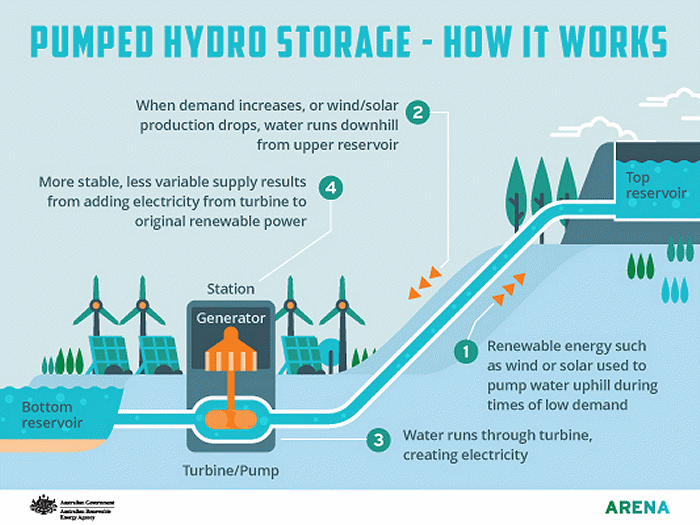
PHES doesn’t require a huge amount of new water after initial “charging”; just to replace whatever is lost through evaporation and leakage. This can be minimised through thoughtful design, and somewhat balanced by rainfall depending on the location.
There are plenty of potential PHES locations across New South Wales and Australia. Back in 2017, ANU researchers identified 22,000 potential pumped hydro sites nationally. Later research out of ANU indicated 20 projects in the pipeline (so to speak) at that time were more than enough to back up the grid.
Phoenix To Support Up To 400,000 Households
Should it proceed, the Phoenix Pumped Hydro project will provide 810MW of capacity and storage for up to 12 continuous hours of electricity generation. That’s pretty impressive.
Burrendong Dam is a WaterNSW asset located around 30 kilometres upstream from Wellington. It’s situated on the Macquarie River just below its junction with the Cudgegong River. While the reservoir has seen some pretty lean years in the past judging by the photo above1, currently Burrendong Dam is at 113% capacity.
Other Proposed NSW PHES Projects Funded
The NSW Government is investing a bunch of bucks for feasibility studies to develop pumped hydro projects on key WaterNSW assets throughout the state.
“I’m really excited by this opportunity for WaterNSW to work hand in hand with government to support the renewable energy transition and at the same time look for innovative ways to keep our customers’ bills as low as possible,” said NSW Minster for Lands and Water Kevin Anderson.
Recoverable grants for pre-feasibility and feasibility studies have been awarded to five projects, plus funding for the procurement stage of another. The other projects are:
- Lake Lyell PHES (EnergyAustralia) – 335MW / 8 hours
- Oven Mountain PHES (OMPS Pty Ltd) – 600MW / 12 hours
- Shoalhaven Hydro Expansion (Procurement – Origin Energy) – 235MW / 24 hours
- Central West Pumped Hydro (ATCO Australia) – 325MW / 8 hours
- Muswellbrook Pumped Hydro (AGL and Idemitsu JV) – 250MW / 8 hours
The outcomes of the feasibility studies will be made available to the private sector early next year.
Between PHES, large-scale, community and home batteries, Australia’s future energy security is looking pretty bright assuming momentum on renewables, storage and transmission can be maintained and not side-tracked by… well, you know.
Original Source: https://www.solarquotes.com.au/blog/phoenix-pumped-hydro-mb2758/

